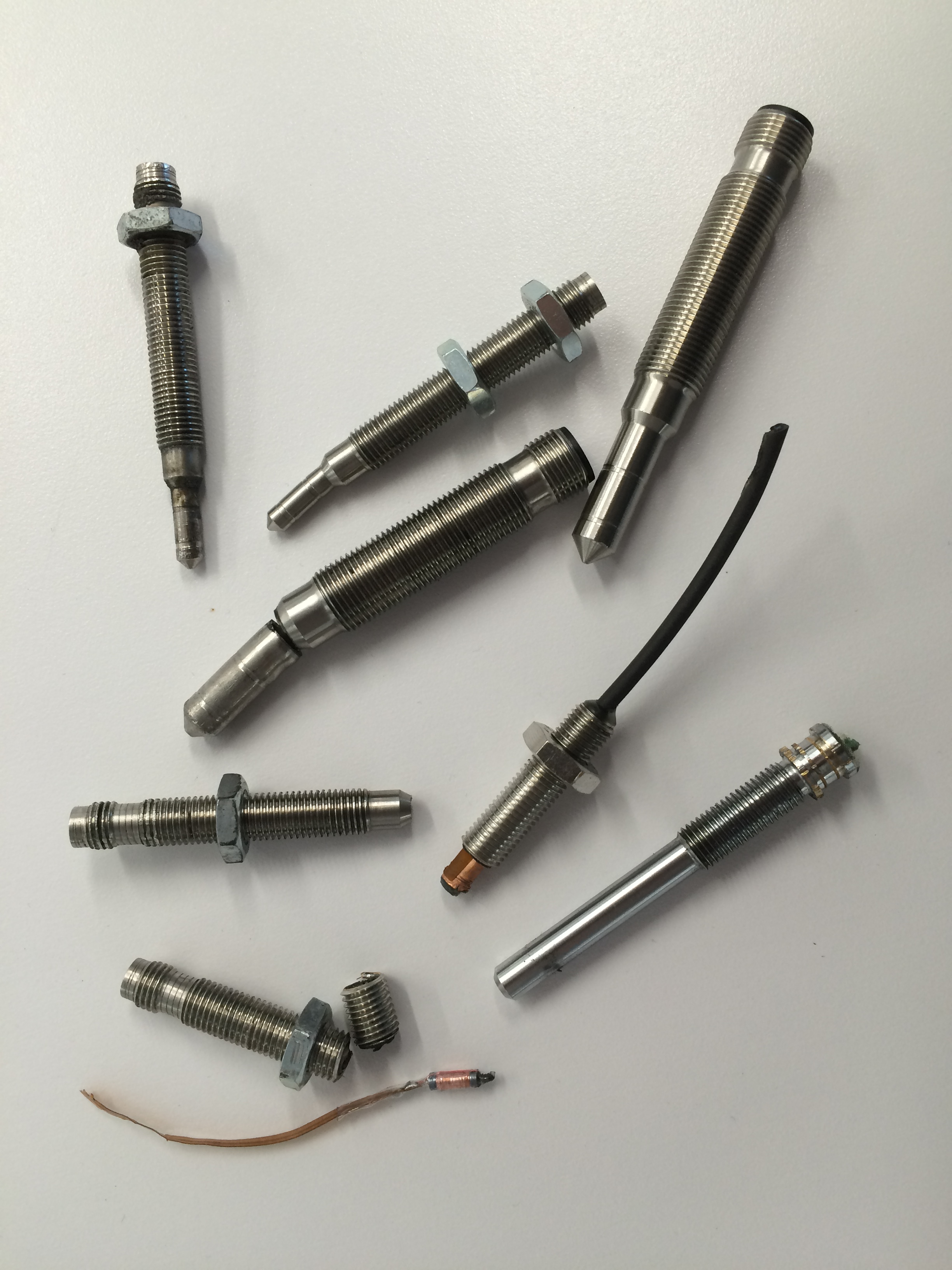
In automated manufacturing, part quality issues are a weekly discussion and this continues to be true in most weld shops across North America. One of the more common issues that I encounter in discussions with customers involves nuts being welded to a part.
Nut problems seem to come in a variety of frustrations:
- upside down
- no nut present
- wrong position
- wrong nut
- two nuts
There are many different sensing technologies that have been applied or attempted over the years for weld nut detection and each has its pros and cons. In my travels I have personally encountered technologies like machine vision, mechanical plungers, inductive proximity sensors, photoelectric sensors, specially designed “nut sensors” and linear position sensors, to name a few. The biggest complaints I hear about different technologies is either they are unreliable/unrepeatable or they aren’t rugged enough to survive a hit from big metal parts or they can’t take the heat of close proximity to welding.
Repeatedly we have found two technologies are finding success for tough weld nut detection applications in two different parts of the production process.
 Post Process Check Stations – Mechanical Contact with PlungerProx sensor. This sensor uses a spring loaded pin sized for the proper nut to detect presence, is easily repairable (if necessary) and has the ability to adapt to a wide range of nut threads and diameters.
Post Process Check Stations – Mechanical Contact with PlungerProx sensor. This sensor uses a spring loaded pin sized for the proper nut to detect presence, is easily repairable (if necessary) and has the ability to adapt to a wide range of nut threads and diameters. In-Process Check on Pedestal Welders –
In-Process Check on Pedestal Welders –  Linear position feedback on the height of the weld gun can provide exact measurements and feedback on the status of the weld nut from presence to orientation of the nut.
Linear position feedback on the height of the weld gun can provide exact measurements and feedback on the status of the weld nut from presence to orientation of the nut.
I acknowledge that every nut and every application are different. I regularly see the key to success is to test and discuss with your local sensor guy about the best technology for the situation. If you are interested in discussing a particularly difficult application please connect with me on Linked-In or Twitter @WillAutomate.



What kind of mechanical plungers do you suggest for holding weld nuts in place and in location for the tacking process?
Hi Charlie, one suggestion would be to use a pin to locate and weld the nut and use a plunger in the next operation to verify the nut is present.